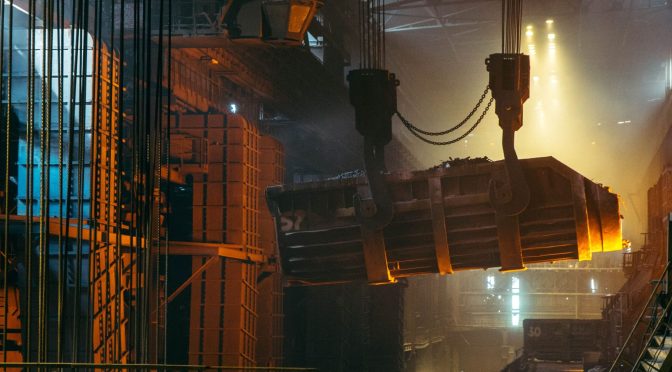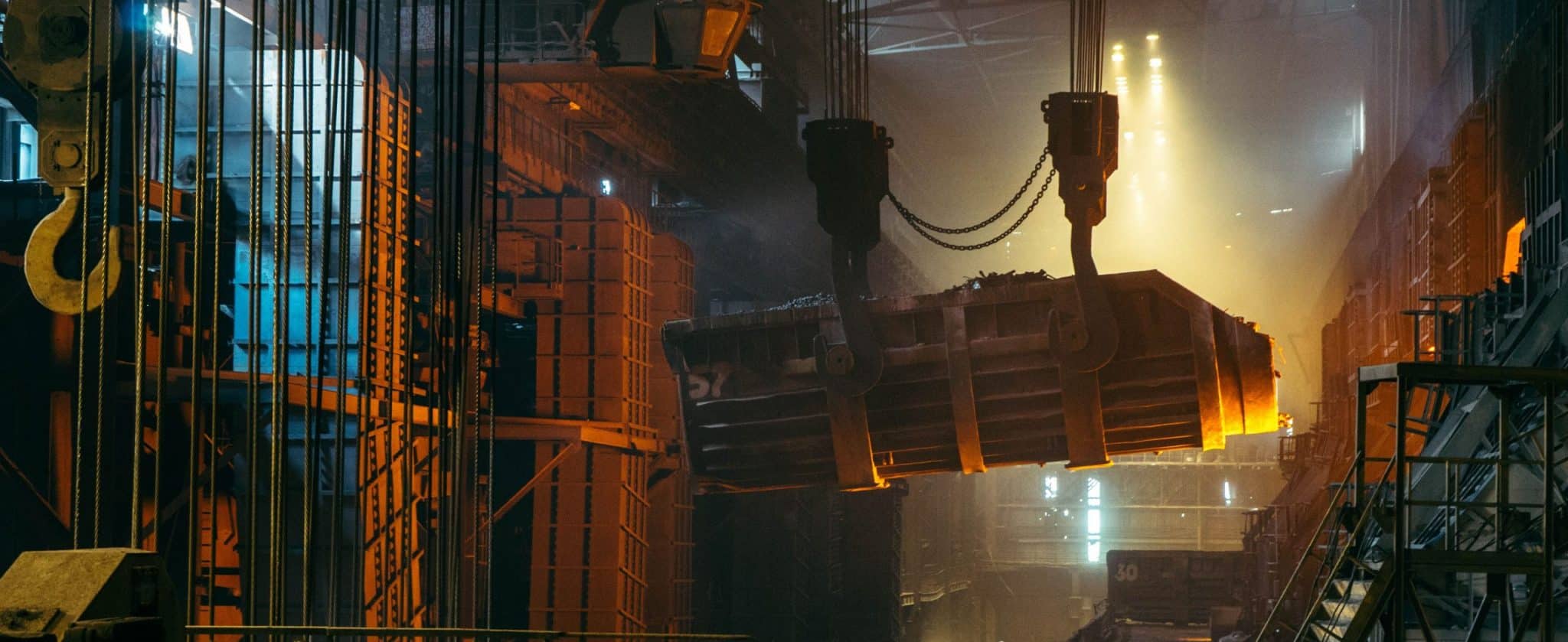The situation of electro?intensive consumers in the midst of the energy crisis is very delicate. Given the lack of offers at sufficiently competitive prices, the electro?intensive industry is preparing its own PPA auction for renewable energy projects to cover part of its electricity demand for the next twelve years.
On September 15, the 25th edition of the monthly webinars organised by AleaSoft Energy Forecasting and AleaGreen took place. On this occasion, there was the collaboration of Jorge Simão, COO at OMIP, and Pablo Villaplana, COO at OMIClear, who analysed the situation of electricity futures markets in Spain and the role of central clearing houses. In the analysis table after the Spanish version of the webinar, Fernando Soto, Director?General of AEGE, joined and described the current situation of electro?intensive companies and the state of preparation of the future PPA auction for renewable energies with electro?intensive consumers. The recording of the event is available on the AleaSoft Energy Forecasting website.
The dramatic situation of electro?intensive consumers in the midst of the energy crisis
The consumption of the electro?intensive industry represents 10% of all electricity demand in Spain, and the electricity cost is around 60% of its production costs. With these data, and taking into account that the electricity price multiplied by five in just two years, it is easy to guess that the situation of these companies with large energy consumption is complicated.
As Fernando Soto commented in the webinar, there are several companies of the association, from various industrial sectors, with partial production stops, others that after maintenance stops decided not to resume the production temporarily, and others that applied ERTEs waiting that the outlook of the situation improves.
In addition, the situation is aggravated by the fact that only 10% of the energy that these industries are consuming in 2022 is covered with hedging instruments at fixed prices, whether futures or bilateral contracts. Therefore, 90% of the consumed energy is being purchased in the daily market with the price levels and the volatility that this entails. As Fernando Soto explains, this is because, in the past, futures markets did not have enough liquidity and the fixed?price contracts that were offered were not at competitive prices.
The impact of the gas cap and the Iberian exception on the electro?intensive industry
During the first part of the webinar, Oriol Saltó i Bauzà, Associate Partner at AleaGreen, showed how the Iberian exception, with its cap on the gas price in the electricity market, is having a depressing effect on both the daily market prices and the final price to be paid by consumers, and placed the Iberian market clearly below the prices of the rest of the large markets in Europe.
Even so, Fernando Soto explained that this measure has a collateral effect on the electro?intensive industry. Although the level of prices fell, by adding the adjustment price for the compensation to combined cycle gas turbine power plants, the hourly price profile changes and, on many occasions, the highest prices occur during the early morning hours.
This forced many industries that had night shifts to try to move most of the production to the hours of maximum solar energy production, which is where the lowest final prices are. This shift in consumption towards the solar peak hours is something that is also observed in the consumption profile of pumping power plants.
The solution: renewable energy PPA
Fernando Soto commented that, given the impossibility of obtaining contracts at fixed prices comparable to those of the ARENH rate in France, the association took the initiative to design its own renewable energy auctions to cover part of the electricity consumption of its companies. This auction was scheduled to be held at the end of this year 2022, but the Government’s announcement to hold the new renewable energy auction in November caused it to be delayed until the first quarter of 2023.
The auction will be open not only to companies associated with the AEGE, but to all electro?intensive consumers, and the intention is obtaining PPA with renewable energy projects at competitive prices, unlike the offers they now receive with prices highly conditioned by the current situation of high gas prices. For Fernando Soto, it makes no sense for a 12?year renewable energy PPA to be linked to the gas price, the price must reflect the installation cost plus the business benefit, but it does not have to reflect the impact of the gas price on the market.
The product to be auctioned will be a 12?year pay?as?produced PPA with the aim of covering up to 30%?40% of its annual electricity consumption. In any case, Fernando Soto reminds, this will not be a solution for the energy of 2023, which for the most part is not covered at a fixed price and forecasts indicate that prices will continue at very high levels in wholesale markets.
AleaSoft Energy Forecasting’s analysis on the prospects for energy markets in Europe and the renewable energy projects financing
The next edition of this series of monthly webinars is being prepared for October 20. It will be the 26th edition and will feature, for the third consecutive year, the participation of Deloitte. In the midst of an unprecedented energy crisis, the speakers will analyse all aspects related to the renewable energy projects financing, from the capital needs to meet the objectives of the NECP, merchant projects, projects with PPA, and returns expected in different scenarios.



